Creation of a founding team
The first challenge – assembling a core team that was eager and dedicated to bringing the Chapter to life – was achieved within one month. But how could you ensure working in the right direction from the very beginning? Well, we didn’t have to look too far for the answer: Why not apply service design methods to the Chapter-building process? It hadn’t been done before and SDN president Professor Birgit Mager, who supported our initiatives, encouraged us to identify a role model Chapter structure for future foundations.
Stakeholder analysis and interview script
The first crucial task was to identify our key audiences and determine their expectations towards our Chapter. Firstly, we conducted a stakeholder analysis revealing three groups:
- Full SDN members from different fields (e.g. agencies, start-ups) �
- The ‘Community’ (students, academics and others from service design-related fields)
- ‘Potentially-interested’ people who might not be aware of the fact that they are already applying service design
In a second step, we collected an array of questions that were structured into an interview script in order to elicit the most valuable insights about each group’s mind-set and requirements for associated Chapter activities.
When we would interview SDN members and professionals familiar with the concept of service design (the first two groups), our questions would be focussed on their engagement with service design-related topics and their particular expectations of a German Chapter. When interviewing people who were unfamiliar with service design (the third group), we chose another approach. We would let them speak and phrase their concerns and ideas as freely as possible by posing more general questions such as “What challenges do you face in your daily work?”, or “How do you assess your company’s potential for innovation?”. In this way, we would gain more insights out of the interviews with all groups.
Interviews and persona development
Armed with this approach, we took a month to scour our personal business network as well as the accessible professional service design network for suitable interview candidates. What we learned from many interviewees was that the biggest challenge is reaching a point where service design is widely accepted as a valid consulting method. This requires the willingness of companies to embark on this ‘venture’, and this insight further encouraged us about the relevance of our approach.
After compiling the results and insights of almost 20 interviews, we started clustering to identify positive and negative general key findings, basic needs and wants regarding the Chapter’s way of working, and the first propositions regarding concrete activities. Distilling all those initial findings helped us to identify seven overall needs the majority of stakeholders seemed to have in common; from “I’d like to learn more about service design methods” or “I’d like to be able to better communicate service design concepts”, to “I’d like to foster peer-to-peer exchange”. Based on these findings, a persona for each of the seven needs was created.
Needs map and ideation phase
After each persona had come to life, we positioned them in a needs chart, and moved on to the ideation phase by defining concrete challenges. Formulating and transforming them into actual tasks was the next step to be able to start the design process for attractive services and formats.
Ideas and prototypes
Well-designed tasks are worth nothing if they are not actionable. So we translated the tasks into concrete actions that would have the potential to cater to our audiences’ needs based on the characteristics we had identified. We’re currently fully immersed in this iterative ideation and conceptualisation process. Our ideas include a “dating” app for service designers, organised lunches with fellow practitioners from different areas, and presenting service design methods and their impacts in comic book form to potential buyers of service design.
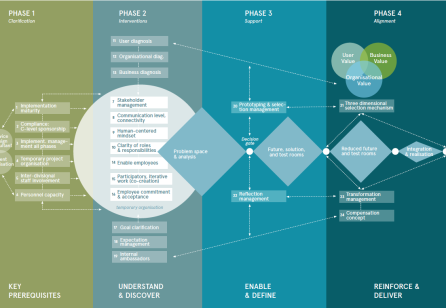


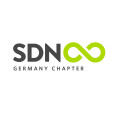

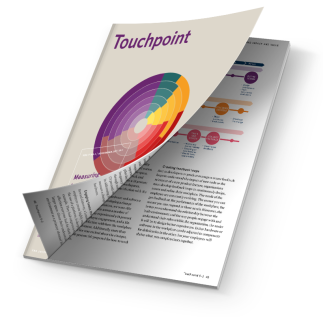
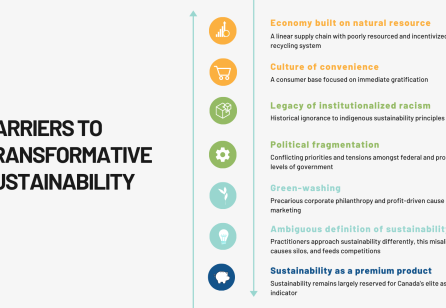

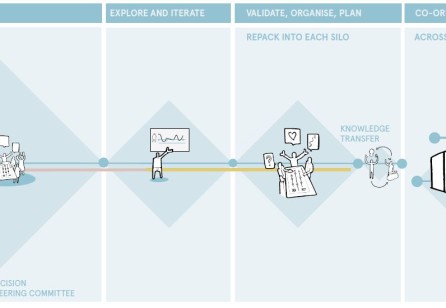

Share your thoughts
0 RepliesPlease login to comment